#Review
Review: 2012 Volvo S60 T5
Quite a few of you balked at the idea of a $47,610 not-quite-midsize Volvo sedan. Well, for 2012 a T5 joins the S60 range. While the T6 might venture a bit deep into Audi and BMW territory, with a $31,850 base price the T5 is within striking distance of the similarly semi-premium front-drive Acura TSX and Buick Regal. But how much of the T6’s self-proclaimed naughtiness must one do without? Is the more affordable T5 a match for the Acura and Buick, much less the Germans?
Review: 2011 Nissan Leaf: Day Three
The previous day’s usage had left me in a pickle. With the 12 miles left and only nine-and-a-half hours charging time at 120V. Of course if I constantly had to remind myself, if I had a 240V charging station at home this would be a non-issue as the Leaf would have been completely full. However, my situation as it was, the Leaf was perhaps a hair over 40% charged when I left for work with the range indicator displaying 59 miles, hopefully enough for my 57 mile drive.
Since I needed all the juice I could get to make it to Burlingame I decided to forgo the pre-heating and let the Leaf charge to the very last second. Fortunately this morning was a hair warmer than the day previous being a brisk 40 degrees. Unfortunately the temperatures and humidity conspired to fog the windscreen. Without sufficient power to make it to work and use the defogger, I chose to defog the old-fashioned way: windows open.
Review: 2011 Nissan Leaf: Day Two
Our second day with the Leaf gave us a chance to really dive into the charging realities of driving an electric vehicle. Most of us are used to filling up our car when the tank is empty or well on the way to empty. If you are shopping for an electric car, throw this mentality out with the oil changes. Think of your car like a 1990s cell phone: plug it in often if you want to be able to use it later.
Review: 2011 Nissan Leaf: Day One
When I was a kid I was told that by the time I was 30 we would all be piloting nuclear powered flying cars. Reality, of course, has dictated that gasoline is still the most cost effective way of delivering what the average person considers a “normal driving experience.” In an attempt to change not just how we “fuel” a car, but the very way a car is integrated into our lives, Nissan has released the first volume produced electric car in North America. Yea, yea I know about the GM EV1, Toyota Rav4 EV and the Ford experiments, but let’s be real, Nissan has already sold more Leafs (Nissan tells me the plural is not Leaves) in the first few tsunami-effected months of this year than GM sold during the two years of EV1 production. How did they do it? We borrowed a white Leaf for just under three days to find out why 20,000 have already pre-ordered one of these pure-electric cars.
Review: Porsche Panamera (4 Vs 4S)
The Porsche Panamera: should it exist? Eight years after the introduction of the Cayenne SUV, many enthusiasts remain steadfast in their conviction that Porsche should stick to sports cars with aft-mounted powerplants. While a two-ton four-door is certainly a lesser evil, has Porsche managed to offer one for which there is no available substitute? A $69,000 Cadillac CTS-V performs extremely well, in both objective and subjective terms. Why, then, spend tens of thousands more for a Panamera?
Review: 2011 Dodge Charger R/T Take One
So I’m driving a $69,000 Cadillac CTS-V, and it makes me wonder—if you can only spend half as much, how much performance do you sacrifice? And if you can spend twice as much, how much can you gain? Today, the first question. If you’re seeking a V8-powered, rear-wheel-drive sedan, but have a budget in the mid-30s, the 2011 Dodge Charger R/T is your only option.
Review: Cadillac CTS-V Coupe, Take Two
If Lord Acton were alive today, I’m sure he’d say: “Power tends to corrupt, absolute power corrupts absolutely. Great cars are almost always bad cars.” I believe it this philosophy that Cadillac hopes will rejuvenate Cadillac, a brand that only recently started taking performance seriously but is already achieving some surprising results. Already our own Michael Karesh has got his kicks with the CTS-V wagon, Niedermeyer has drooled over the sedan and Jack Baruth has killed the track at Monticello in both this coupe and the sedan… it might be safe to say Caddy has a winner on their hands. Still, why not snag the 556 HP V Coupe for a week to see how it handles some California road testing? What’s the worst that could happen?
Review: 2011 Hyundai Elantra Touring SE
You’re an old fart. Or at least you think like one. You want a simply designed car that’s easy to see out of, capable of toting a bunch of stuff, solidly constructed, and fun to drive. Meanwhile, cars keep going in the opposite direction, with sci-fi styling, shrunken windows, oversized and overcomplicated instrument panels, cramped rear seats, and marshmallow suspension tuning (e.g. the Honda Civic reviewed a few days ago). But before giving up hope you might want to check out the Hyundai Elantra Touring SE.
Review: 2012 Ford Focus Titanium
Yes, this is a $27,340 Ford Focus. And nav would add another $795. How could a Ford Focus possibly be worth this much? Read on.
Review: 2012 Honda Civic EX
Honda has never paid too much attention to how other car makers do things. In the past this led to many highly successful innovations. Today…well today we have the ninth-generation Civic, recently launched as an early 2012 model.
Review: 2011 Acura TSX V6
Detroit has a long, sad history of self-delusion when comparing its cars to premium imports. Could you tell the difference between the Ford Granada and the Mercedes-Benz 280SE? Murilee’s take: people on ‘ludes should not drive. But what choice does Buick have? The Regal Turbo I reviewed a few weeks ago lists for $35,185. So they’d prefer that people not compare it to the Sonata 2.0T. Rather, the Acura TSX. And so, ever the agreeable reviewer, I did.
Review: 2011 Audi Q5 2.0 TFSI
The crossover is the new minivan, and in an age of $4-per-gallon gasoline, the fuel-efficient crossover is all the rage. While minivan-mommies may disagree for the sake of image, ask yourself: how is your crossover different than your parent’s minivan? The minivan sprang out of the station wagon revolt and the CUV is the result of minivan denial. As usual, the formula is the same: start with a sedan, add a taller box, toss in some optional AWD to make buyers think they are getting something rugged and you get instant sales success (unless you’re a Chrysler, but that’s a different review). This CUV formula wrought on an A4 creates the Audi Q5, one of Audi’s hottest selling models in the US market. Sales of the cute-ute soared over 70% to just over 23,000 in 2010 and show no signs of cooling with January sales up 50% over 2010. To keep the momentum (and CAFE numbers) going in the right direction, Audi has mated the corporate 2.0T engine to the latest 8-speed auto from ZF creating the 2011 Q5 2.0T Quattro.
Review: Toyota Under Fire
Has it really been a year since the United States tore itself apart in a frenzy over the possibility that Toyota’s might suddenly accelerate out of control? So intense was the furor over Toyota’s alleged misdeeds, that it seems like the whole scandal occurred only yesterday, yet the brevity of the crisis already gives it the distance of ancient history. Now, just a year after the height of the hysteria, the first major book on the subject has arrived, casting a clear light on the events of the recall. Serving as a history of the scandal, a case study in Toyota’s responses to it, and a cutting critique of the media’s coverage of the recall, Toyota Under Fire is a powerful reminder of the many lessons that emerged from one of the most intense and unexpected automotive industry events in recent years.
Review: 2011 Infiniti QX56
You have your reasons. Gas prices might be high and headed higher, and car-based crossovers handle better, but you want your full-sized, full-lux, body-on-frame conventional SUV. GM and Ford, the segment’s traditional rulers, have had nothing new to offer in five years. But Infiniti has as much faith in the segment’s continued vitality as you do—why else would they have introduced an all-new QX56 for the 2011 model year?
Review: 2011 Cadillac CTS-V Sportwagon Black Diamond Edition
I firmly believe that it’s more fun to drive a (relatively) slow compact hatch fast than to drive a big, fast car well below its potential. I remain hopeful that someone will offer a car with five doors and rear-wheel-drive that weighs under 3,000 pounds. (I’d say under 2,700 pounds, but that’s clearly a pipe dream.) Then Cadillac put a CTS-V in my driveway for a week. A wagon with a manual transmission, no less. That Cadillac even offers such a combination warrants respect. The lure of the dark side has never been stronger.




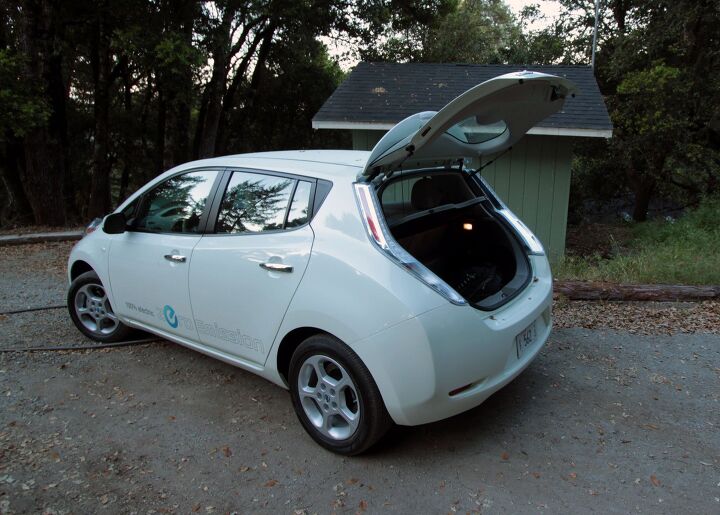
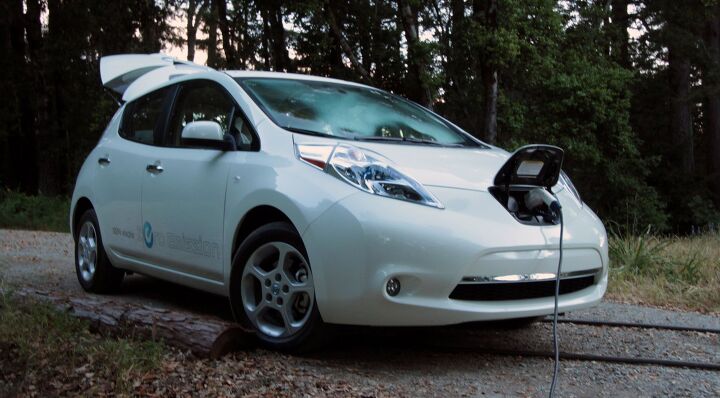
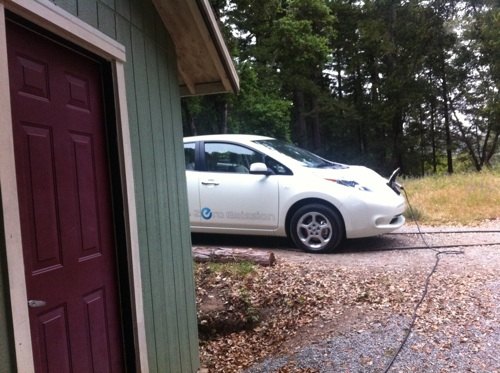

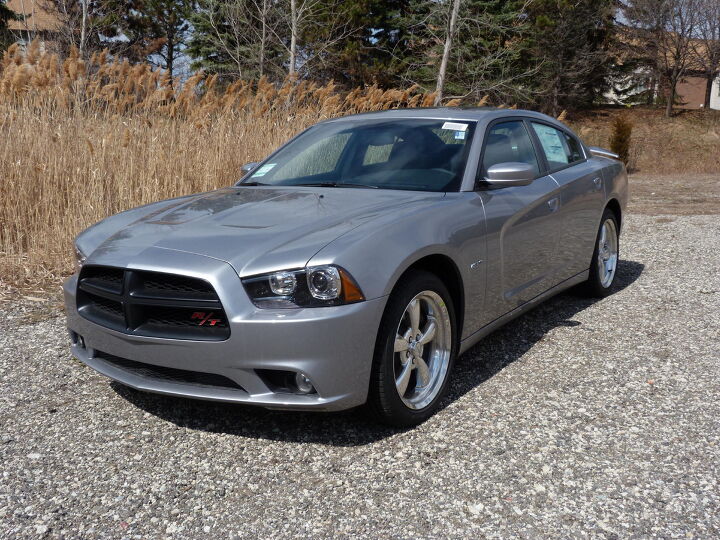

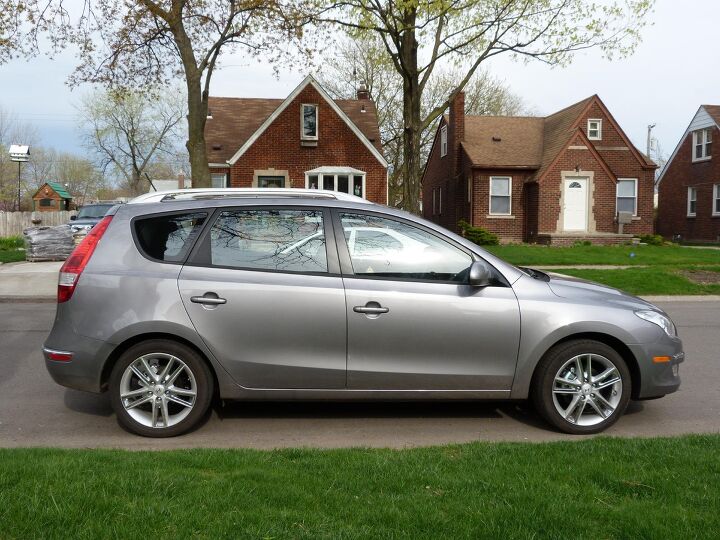

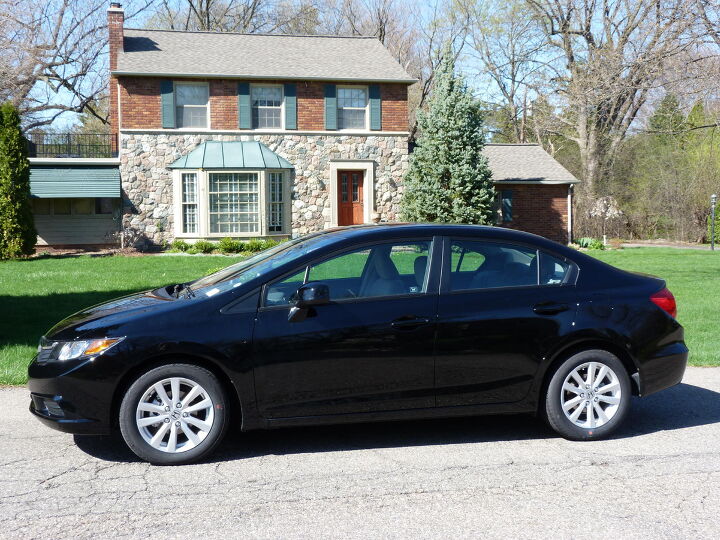
















Recent Comments